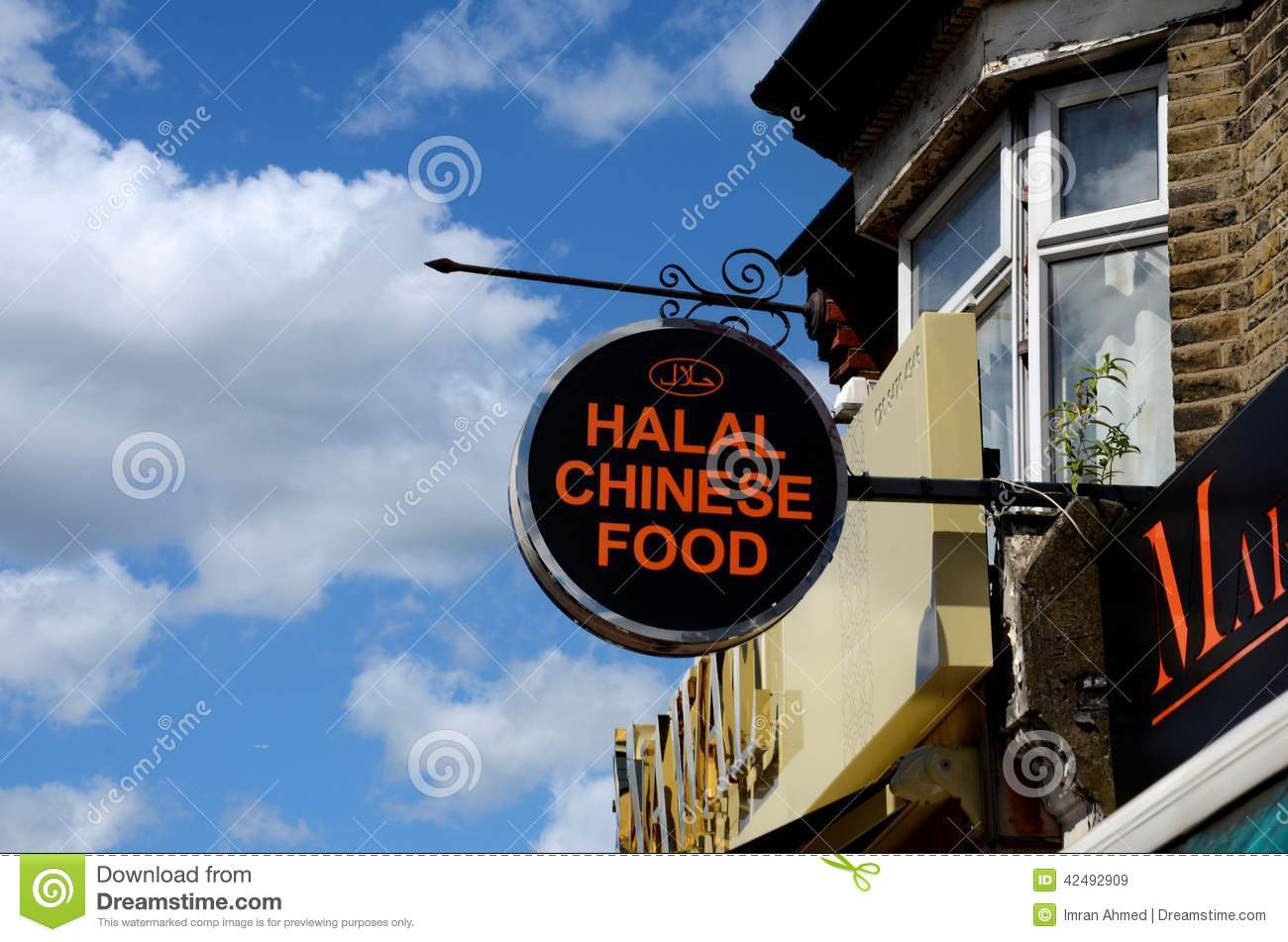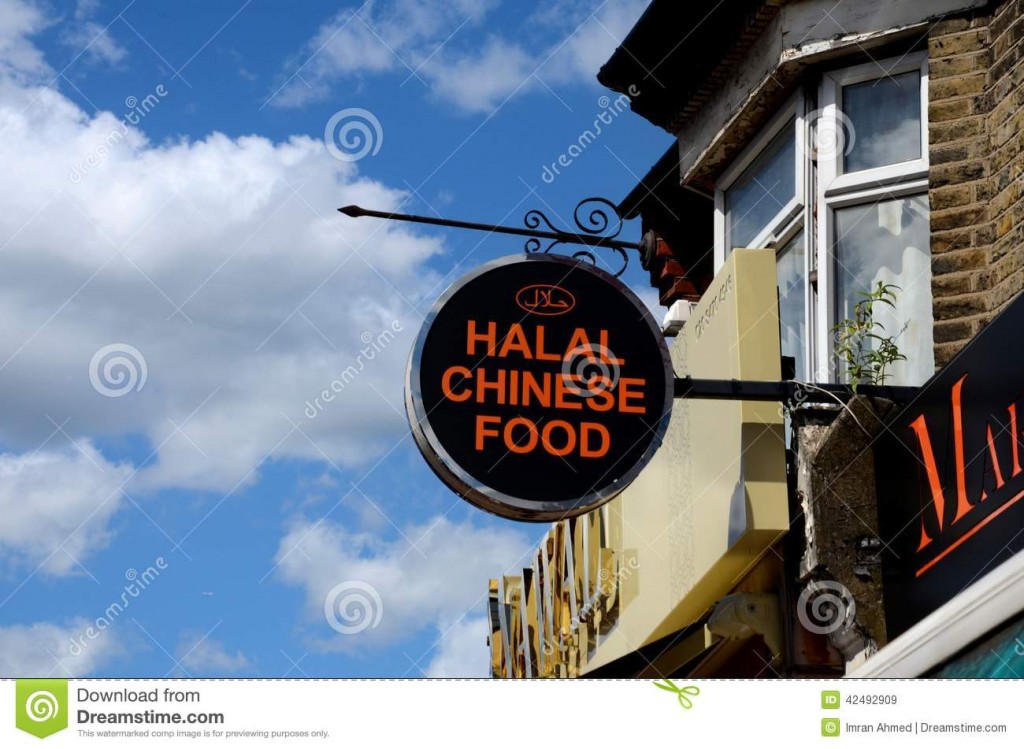
 Today, Islam is the fastest growing religion on earth, both by birth and adoption, with the Muslim population estimated to reach 2 billion by 2010. With the global Halal market estimated to be worth US$580 billion a year and the Halal food industry pegged to grow at a rate of 7% annually, businesses should indeed be tapping at this growing market segment.
Today, Islam is the fastest growing religion on earth, both by birth and adoption, with the Muslim population estimated to reach 2 billion by 2010. With the global Halal market estimated to be worth US$580 billion a year and the Halal food industry pegged to grow at a rate of 7% annually, businesses should indeed be tapping at this growing market segment.
Halal’s burgeoning popularity can be linked to religious fervor; and beliefs that it’s cleaner, healthier and tastier. Halal logo has now become a symbol of quality and religious compliance and this makes it sound as the new green. Then again, some argue it is driven by consumers’ urge to follow ritual or their desire for acceptance, while others see it as part and parcel of another rising global trend.
Another reason for the tremendous acceptance of Halal within the global population is the process of assimilation. Foreign foods in some countries as in Europe have become assimilated and local tastes are changing, encouraged by global tourism and reverse colonization. Curry is now the number one take away meal in the United Kingdom and kebabs are a typical German staple.
Emphasis on Halal is also growing. It is fast becoming a new market force and identifier, and is now moving into the mainstream market, affecting and changing perception on how businesses are being conducted, including from a marketing point of view.
Marketing of Halal Products
The study of consumer behavior is vital when it comes to marketing of Halal products. The fact of the matter is that Muslim consumers are very much similar to any other consumer segments, demanding healthy and quality products, which must also conform to Shariah requirements.
McDonald’s in Singapore can be seen as a prime example; it has seen an influx of eight million patrons a year after obtaining a Halal certification. Since being certified, “Halal, KFC, Burger King and Taco Bell have all seen an increase of 20 percent in customers”.
Consumers would turn their attention to a well-marketed product that does not have a Halal mark but they would read its ingredients, in contrast to purchasing one that has less credibility but sports a Halal logo. It is therefore worthwhile that we take a look at each of the four tools of marketing mix that can be used to satisfy customers and company objectives.
Product, Packaging & Quality
The exporters had taken the importer’s willingness to buy for granted and on occasions had failed to either maintain the quality or meet various other commitments. Despite numerous complaints, the exporters did little to improve or rectify the situation. Inadvertently, the buyers’ trust is lost, and they started looking elsewhere, including to non-Muslim countries.
As a result, today in many Muslim countries, Halal poultry, meat, dairy products and other foods are predominantly imported from Europe, Australia, New Zealand, and America. And the consumers are happy because they are not only getting Halal food, but also high quality food.
The Halal labels should not only be descriptive, but also be clear and meaningful to the consumers. The technique is to clearly identify the source of the food elements, more so if the food components contain unfamiliar elements such as the E-numbers, which “could cause confusion and problems for Muslim consumers”.
Easily recognizable Halal accreditation labels will promote the religious compliance for the Muslims; however it needs to appear with a forward-looking font to differentiate it from other trademarks. Stylized Arabic fonts very much associated with Islam can be incorporated into the labels.
Promotion, Public Relations & Advertising
Promotion and branding is the key to making products ‘click’. “By creating a Halal brand, we have the opportunity to touch lives of more people. Creating a trust mark for the Muslim community (Halal) could become its own power brand”.
Additionally, participating in expositions and seminars on Halal products can only lead to more sales. It brings awareness to Muslims and non-Muslims alike of the availability of their Halal products and the suppliers / wholesalers at both the national and international level. Advertising is also key for marketing and sales. From the Halal advertising perspective, strategy depends upon whether a particular market is Muslim majority populated or it is a mix of different ethnicities or communities.
In a Muslim majority case, where the total presence of non-Muslims is only marginal, it is appropriate to emphasize the Halal nature and characteristics of the food so that it attracts the common folks in the society who forms the majority.
However, in a multi-religious society where Muslims are a significant proportion of the population, the product can be marked as Halal on the label so that the members of the community are aware of its status as well as promoting the product in the Muslim and ethnic media. Here, for the non-Muslims, the product’s quality is to be emphasized.



